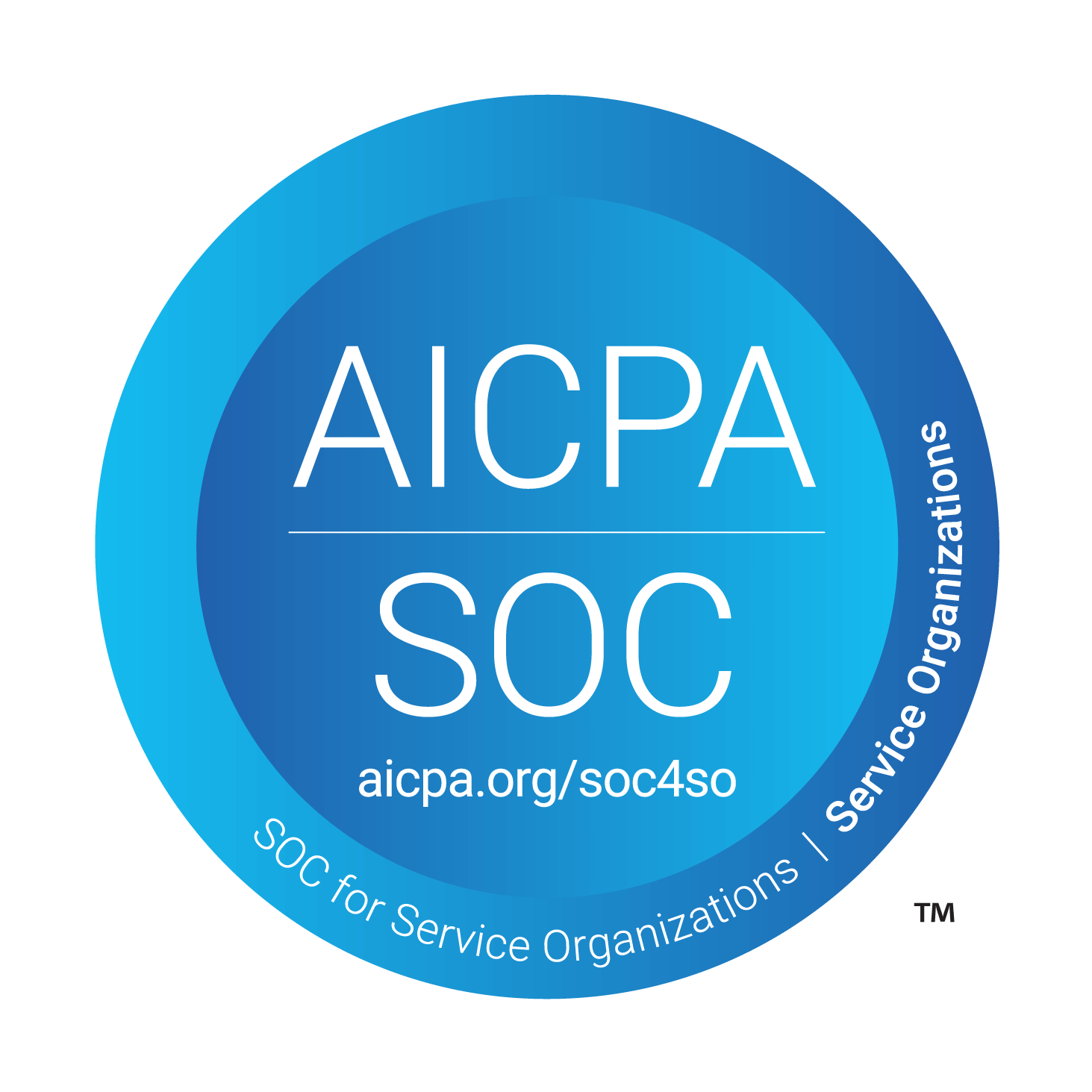How You Can Create A Content Strategy For Your Customer Community
Jul 20, 2023

Jennifer Serrat
Coach community manager @ CoachHub
Intro
In today’s day and age and with the advent of social media, we are being pulled in every direction - everyone wants your attention in some shape or form. This sensory overload era we live in has us inundated with so much information that our attention has shrunk down from 12 to 8.25 seconds since 2000...making us less attentive than a goldfish! Companies are facing a major challenge and in this competitive market, you have to stand out. So, how can one attract an audience to eventually build a community of loyal customers (spoiler alert: it is not with influencers or growth hacking)?
By taking a customer-first approach. Make sure that your levels of customer satisfaction are excellent before you put the time and effort into creating a community around your business. A small engaged customer base is far preferable to a huge, uninterested one.
Now that that is out of the way, let’s build a content strategy for your customer community.
This article will give you the steps needed to build an engaged customer community by creating intentional and original content your potential members cannot get anywhere else.
Step 1: Core strategy statement
Having a core strategy that details how you will use the content to achieve company objectives and meet your customers’ needs is the first step you need to take. This fact will help you condense your plan of action into a one-sentence statement that will be your North Star as you build your content strategy. In fact, some studies have shown that having a strategy increases your chances of achieving your goals at a significantly higher level than those who don’t have one. Once you have your core strategy statement, add it at the top of your content map.
What is a Content Map?
A content map is a plan to deliver the right content, to the right people, at the right time. Content mapping considers your core customers’ characteristics ensuring it caters to each of their lifecycle stages. Let’s break that down.
The Right Content
Creating content is simply tactics you use to achieve both the business goals and your customers’ needs, thus increasing the value of the community for all stakeholders involved. Questions to ask yourself:
“What content will we produce?”
“What is the outcome we want to achieve with this content?”
The Right People
Knowing who your target audience and who those customers are is crucial to develop a sustainable and engaging content map. This will play a vital role in your community’s success. Questions to ask yourself:
“Who is this content for?”
“Why do they need it or expect this content from us?”
The Right Time
When building your content plan, you will also need to think about when the content will be published. Coming up with a rhythm or pattern in which it will be posted will accustom your customers to expect certain types of content at certain times.
Step 2: Member personas
Customers participate in communities to feel more connected to your brand but not all use it in the same way. Every person is unique with their own needs and wants. To ensure that your content caters to the needs of various of your customers, group key characteristics of your customers together. This will help you to know who your content is serving. By conducting 1:1 interviews, surveys, and/or focus groups, aim to build a handful of different personas each representing a group of people who share the following common characteristics:
Attitudes and beliefs
Fears and challenges
Experiences
Behaviors
Motivations
Note: It is worth it to consult with your marketing or social media team beforehand to check if they have created their own personas to see if there are overlaps or not in which case creating them from scratch is best as the business goals for each department are different.
Step 3: Tone of voice
Anything and everything you produce for your community needs to be written in a voice that not only reflects your company’s values and mission but also your customers’ personalities. It can be laid back and casual, formal, charming, sarcastic - whichever fits your brand’s voice just be more mindful of the tone you adapt for different scenarios or situations your content calls for. There might come a point when you will seek out user-generated content or moderators to help manage the community therefore creating a guide will help those content creators and moderators to follow and uphold your company’s tone of voice, especially should your moderators encounter a sensitive situation (and they will!).
Step 4: Develop a content calendar
Recall "The Right Content". This is key here because not only can community content influence purchasing choices, but peer-to-peer support is made possible, thus enhancing the success of the customer. Hopefully you know what kind of topics to have for your customers based on the 1:1s with them which you then package into different content types such as best practices, workshops and webinars, practical guides, or events, all around your product, brand, or customer’s passions. The good thing is you can recycle your content into other forms of content such as videos, infographics, slideshare presentations or photos. Endless content!
Now for "The Right Time". Without a calendar, Community Managers risk falling into a reactive versus a proactive process of community management. As mentioned previously, scheduling content will not only give a sense of stability to your members but it will also have created a stress-free environment since your content will already have been prepared and scheduled. Keywords: consistent and on-track.
A few tips to map out your content calendar:
What will your post frequencies be for what type of content? Think: daily content, weekly content, monthly, bi-monthly, etc.
State the content topics. Identify categories of content you will consistently use -think: news, announcements, featured articles, guest columns, member spotlight features, events, etc.
Select publication dates.
State the assigned person of each content piece (if you're working in a team).
Select how the content is going to be distributed (which community members will have access to it?, in which part of your community will you post it?, etc.).
Step 5: Measure the effectiveness of your content.
At this stage, you have put a lot of work and effort into your content strategy but what good is it if you don’t evaluate its effectiveness? You need to know if it is valuable to your customers.
The easiest way to track your content metrics is through your community’s platform backend analytics (Google Analytics is also quite thorough). Whatever your metrics, be sure to evaluate them against the business goals quarterly. Some key metrics to measure usually include:
The number of return members/visitors to each piece of content.
The average number of visits per member within the past 30 days.
The average time people spent on each piece of content.
The number of times the content has been shared.
Above all else be community-led
The customer-first approach means prioritizing and investing in people. Your customers are there not only because they want better support and the capacity to receive trustworthy answers to their queries, but also to be informed of any updates you have before you publicly announce them. They want to beta test new features and be part of the process. So when you build your content strategy always build it with your target audience in mind and include them in the process.
Richard Millington likened a content strategy to a local community newspaper that tells the community what is going on in the local community. The overall goal with your content is to tell your customers what is happening within their community/industry. At the end of the day, the key to success lies in creating a well thought out content strategy, a well-organized schedule, and aligning it with your overall community strategy. Don’t panic if you don’t get it right the first time, a content strategy is an ever-evolving piece of work. Try again until something sticks, and, run it by your beta users or customer ambassadors.





